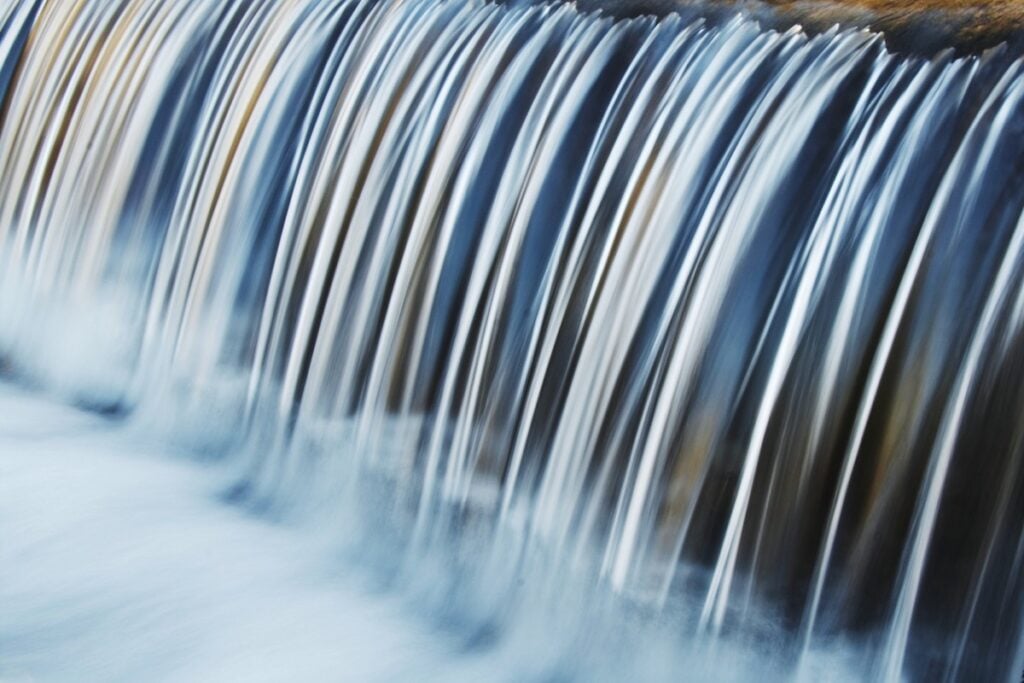Water cremation, also known as alkaline hydrolysis, and often aquamation, is an alternative method of disposition that is gaining attention for its eco-friendly approach. It differs significantly from traditional fire cremation in process, environmental impact, and cultural considerations. Here’s a breakdown of what water cremation entails and how it compares to fire cremation.
What is Water Cremation?
Water cremation uses a chemical process known as alkaline hydrolysis to decompose a body. It involves placing the body in a stainless steel chamber filled with a solution of water and potassium hydroxide or sodium hydroxide. The chamber is then heated to about 300°F (150°C) and pressurized to prevent boiling. Over several hours, the solution breaks down tissues, leaving only bones and a sterile liquid.
Key features of water cremation:
- The process mimics natural decomposition in a controlled environment.
- The resulting bone fragments are ground into ash-like remains, similar to fire cremation.
- The liquid byproduct is sterile and can be safely returned to the environment or treated.
What is Fire Cremation?
Fire cremation is a more traditional and widely known method. The body is exposed to high temperatures in a cremation chamber, typically reaching 1,400°F to 1,800°F (760°C to 980°C). The intense heat reduces the body to bone fragments, which are then processed into fine ash.
Key features of fire cremation:
- It is a quick process, taking about 1.5 to 3 hours.
- It requires significant energy and produces emissions, including carbon dioxide.
- The resulting ash is typically placed in an urn or scattered according to family preferences.
How Are They Different?
While both processes ultimately reduce a body to bone fragments, they differ in method, environmental impact, cost, and societal perception.
Environmental Impact
Here is a comparison of the environmental impact of these funeral processes.
Water cremation:
- Produces no greenhouse gases or harmful emissions.
- Uses less energy compared to fire cremation.
- The liquid byproduct can be safely disposed of without harm to the environment.
Fire cremation:
- Emits carbon dioxide and other pollutants into the atmosphere.
- Requires high levels of energy, typically from fossil fuels.
Process and Duration
- Water cremation: Takes about 6 to 8 hours, with a gentler decomposition process.
- Fire cremation: Takes 1.5 to 3 hours, with an intense, high-heat process.
Cultural and Legal Considerations
- Water cremation:
- Still relatively new and less widely available.
- May require legislative approval depending on the location. here are the U.S. states it is available in. Here’s the Canadian status by province.
- Gaining acceptance for its eco-friendliness.
- Fire cremation:
- More familiar to most people.
- Widely available and legally established in most places.
Cost Comparison
The cost of water cremation and fire cremation can vary based on location, the services included, and local funeral providers. Below is a general overview of costs in the United States and Canada:
USA:
- Water cremation in the U.S.: Average cost ranges from $2,000 to $3,500 for a basic service, and $3,500 to $5,000 for a cremation with a funeral service.
- Fire cremation in the U.S.: Average cost ranges from $1,000 to $2,500 for a basic service, and $2,500 to $4,000 for a cremation with a funeral service.
Canada
- Water cremation in Canada: Average cost ranges from CAD $2,500 to CAD $4,000 for a basic service, and CAD $4,000 to CAD $6,000 for a cremation with a funeral service.
- Fire cremation in Canada: Average cost ranges from CAD $1,500 to CAD $3,000 for a basic service, and CAD $3,000 to CAD $5,000 for a cremation with a funeral service.
Water cremation is often slightly more expensive than fire cremation due to the specialized equipment and emerging infrastructure.
Why Choose Water Cremation?
Water cremation appeals to those seeking an environmentally sustainable option. It is particularly popular among individuals concerned about reducing their carbon footprint or embracing more natural end-of-life practices. Families who prioritize eco-friendly alternatives may find this option aligns with their values.
Current Availability of Water Cremation
Water cremation is not yet available everywhere, as its adoption depends on local regulations and infrastructure. It is increasingly being offered in parts of North America, Europe, and Australia, with growing interest worldwide. See U.S. states. And Canadian provinces.
See also: Aquamation vs Cremation







